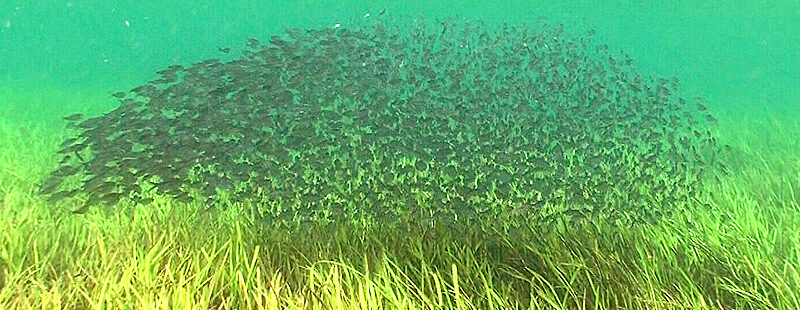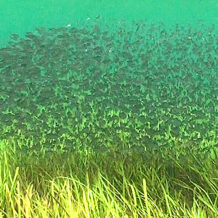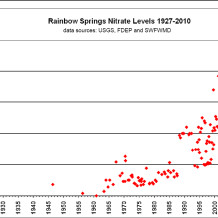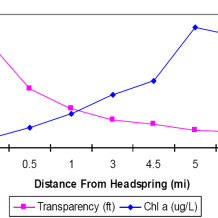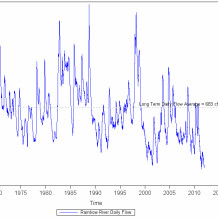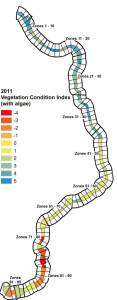health and science
Rainbow Springs
Although Rainbow Springs is celebrated for its water clarity and support of a diverse array of plants and wildlife, it has been significantly impacted by residential, commercial and agricultural development in the springshed over the last 20 years.
The most significant impact is the growth of nitrates that are embedded in the water that flows from Rainbow Spring’s vents. The nitrate growth has been documented on a regular basis by FDEP and Southwest Florida Water Management District scientists.
The most recent measurements are over 2 mg per liter which is well above the acceptable level of 0.35 mg/l. The high levels of nitrates have led to increased algae growth and have impacted normal aquatic vegetation and the fish and benthic organisms that use the submerged and emergent vegetation as their nursery for specie growth.
Water transparency along the springs and river length has been reduced and the productive growth of native aquatic vegetation has diminished. This has accelerated the intrusion of invasive algae. The Florida Department of Environmental Protection completed their study in January 2013 and declared Rainbow Springs and the Rainbow River impaired. DEP is initiating a program to reduce the Nitrate levels in Rainbow Springs by 82 percent. Development of the Basin Management Action Plan (BMAP) will be initiated in the first half of 2013.
Another challenge to the heath of Rainbow Springs is the reduced flow rate of water emitting from the springs over the last several decades. Although there are wet years and dry years in the short term, that data collected by USGS shows that there is a long term trend of less flow from the spring vents.
There are two logical causes for this reduced flow:
- 1: Pumping from residential, agricultural and public supply wells, and
- 2: Lowered rainfall over time. Although it is likely that both have contributed, only the first can be impacted by private property owners and public policy over the next decade.
Rainbow Springs and the Rainbow River have been studied over several decades through a number of projects funded by the SWFWMD. Debora C. Woithe and her team have performed a recurring study of vegetation in the Rainbow River by dividing the river into 100 meter segments and documenting the vegetation present in each of the 91 Sections of the River. The chart at the right shows how algae has encroached up the river and now has a significant presence over half of the river.
Despite the impairment and algae growth, life is vigorous and one can still see magical moments when visiting Rainbow Springs and the Rainbow River.
(1) Restoration Plan for the Rainbow Springs and River Draft, June 2011, Normandeau Associates
(2) 2011 Rainbow River Vegetation Evaluation, June 2012, Atkins North America Inc. and Debra Childs Woithe, Inc.
http://www.youtube.com/watch?v=spLH8lIrZPg
